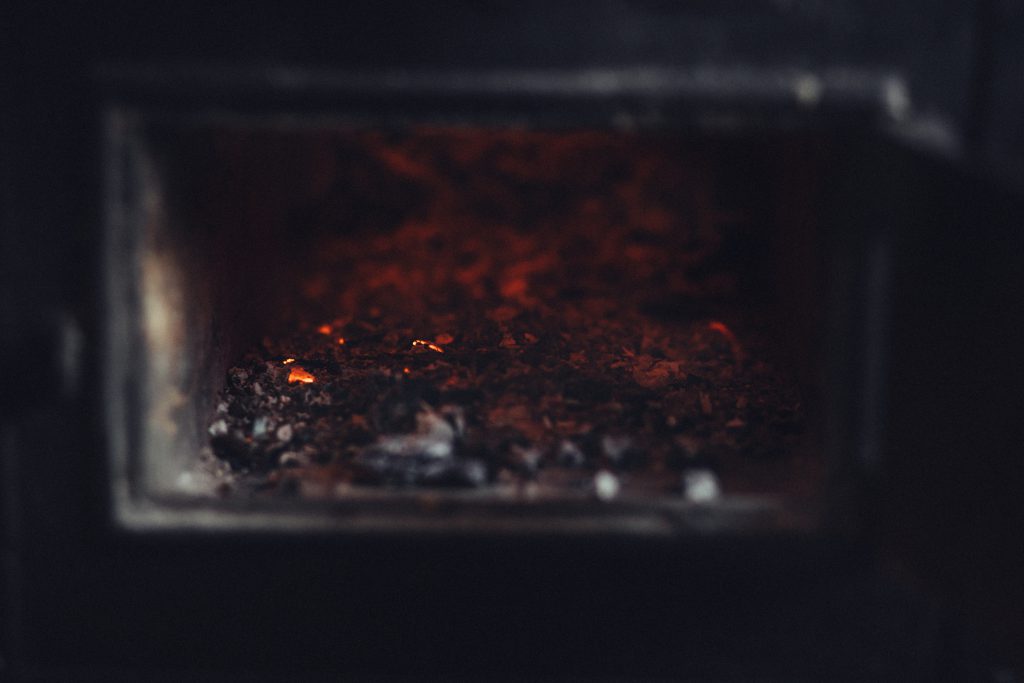How To Use A Meat Thermometer For Perfect Pork Ribs
How To Use A Meat Thermometer For Perfect Pork Ribs
How to Use a Meat Thermometer for Perfect Pork Ribs
1. Choose the proper thermometer
1. Choose the right thermometer

2. Insert the thermometer
1. Choose the right thermometer. There are two major forms of meat thermometers: instant-read and leave-in. Instant-read thermometers are great for fast and easy temperature checks, while leave-in thermometers can be left within the meat for longer intervals of time to observe its temperature whereas it cooks.
2. Calibrate your thermometer. Before using your meat thermometer, it’s essential to calibrate it to guarantee that it is reading temperatures accurately. To do this, merely insert the thermometer right into a cup of ice water and anticipate the studying to stabilize. The thermometer should learn 32 degrees Fahrenheit (0 degrees Celsius).
3. Insert the thermometer into the thickest part of the meat. When inserting the meat thermometer, just bear in mind to insert it into the thickest part of the meat. This will give you the most correct temperature studying.
4. Cook the meat to the specified temperature. The safe inside temperature for Pork Ribs Oven ribs is one hundred forty five levels Fahrenheit (63 degrees Celsius). However, many individuals prefer to prepare dinner their ribs to a higher temperature, similar to a hundred sixty five levels Fahrenheit (74 degrees Celsius). The greater the cooking temperature, the more tender the ribs shall be.
5. Rest the meat earlier than serving. Once the ribs have reached the desired temperature, take away them from the oven or grill and let them rest for 15-20 minutes before serving. This will allow the juices to redistribute all through the meat, resulting in more tender and juicy ribs.
3. Monitor the temperature
3. Monitor the temperature
Pork ribs are accomplished when the internal temperature reaches 195-203 levels Fahrenheit. Using a meat thermometer, insert the probe into the thickest a half of the ribs, making sure not to touch the bone. Hold the thermometer in place for a number of seconds to get an accurate studying.
4. Remove the ribs from the heat
4. Remove the ribs from the heat
Once the ribs have reached the desired inside temperature, remove them from the warmth.
- Let the ribs relaxation for 10-15 minutes before serving. This will allow the juices to redistribute all through the meat, resulting in extra tender and juicy ribs.
5. Let the ribs rest
5. Let the ribs rest
Once the ribs have reached your required inner temperature, remove them from the warmth and let them relaxation for at least half-hour earlier than slicing and serving. This will enable the juices to redistribute all through the meat, leading to more tender and flavorful ribs.

Recent Posts
- How To Serve Pork Ribs At A Formal Dinner
- Why Some Pork Ribs Are Tough And How To Fix Them
- Pork Ribs On A Budget: Making The Most Of Affordable Cuts
- Using Liquid Smoke To Enhance Pork Ribs
- Is It Better To Boil Or Bake Pork Ribs?
- Grilled Pork Ribs: Techniques For A Smoky Feast
- How To Cut Pork Ribs For The Perfect Serving
- Texas BBQ Pork Ribs: Secrets From The Pitmasters
- How To Make Cajun-Style Pork Ribs
- Slow Cooker Pork Ribs: Fall-off-the-Bone Goodness
- Grilled Vs Smoked Pork Ribs: Which Tastes Better?
- Pork Ribs For Beginners: Essential Tips And Tricks
- Different Types Of Pork Ribs Explained
- How To Make Crispy Pork Ribs With A Crunchy Crust
- How To Cook Pork Ribs In The Oven Like A Pro
- How To Make Pork Ribs In A Pressure Cooker